Non Surgical Rhinoplasty :
As an alternative to conventional surgical rhinoplasty, non-surgical rhinoplasty, often known as a “liquid rhinoplasty” or “non-surgical nose job,” has grown in popularity in recent years. Dermal fillers are used in this minimally invasive technique to reshape and improve the look of the nose, giving patients the chance to obtain their ideal nasal aesthetics without undergoing surgery. Temporary dermal fillers are used in a nonsurgical nose job, commonly referred to as a liquid nose job, to remodel the nose without anesthetic or recovery time. It can fix a number of problems, including bumps, flat bridges, and unevenness. Hyaluronic acid fillers are frequently used by providers and can be reversed if necessary.

Procedure Of Non Surgical Rhinoplasty :
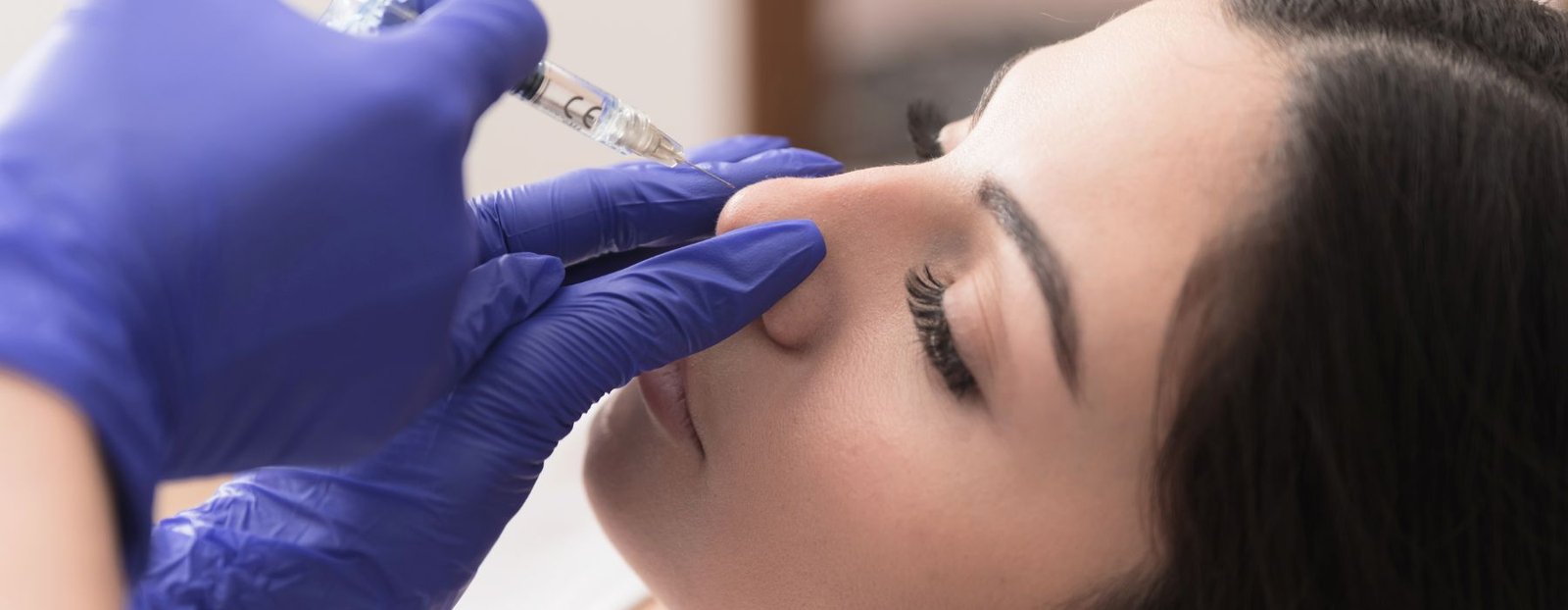
Step 1: Initial consultation is first step. A consultation with a licensed medical expert is the initial step. You will talk about your expectations for the procedure and intended outcomes during this meeting. Your doctor will evaluate the current structure and shape of your nose to decide whether nonsurgical rhinoplasty is a good option for you. Always go for experienced practitioner like SVR aesthetics in Milton Keynes.
Step 2: Preparation is second step, you will be instructed to lie down with your face tilted upward on the day of the treatment. To lessen pain during the injection procedure, your doctor may apply a topical anesthetic to the treatment location and the surrounding skin. It’s best to refrain from taking aspirin, ibuprofen, vitamin E supplements, and any other medications that could cause blood thinning in the week before your treatment. Be sure to let your doctor know if you are using any prescription blood thinners.
In the weeks leading up to your treatment, monitor your vitamin K levels to reduce the chance of bruising. Consume a lot of leafy green vegetables in your diet because they are high in vitamin K. Drinking plenty of water can help you keep hydrated before your appointment. Eat a healthy lunch before your surgery as well. Don’t overeat because it could make you uncomfortable during or after the session. Choose a meal that include protein and starch.
Step 3: Injecting is third step. Using a thin needle, your doctor will delicately inject a gel-like dermal filler beneath your skin in precise parts of your nose after the anesthetic has completely numb the area. Although other substances could also be employed, hyaluronic acid is the most common component of the filler. To get the desired outcomes, injections are placed into your skin’s deeper layers.
Step 4: Precision is forth step. The doctor may inject the filler along the bridge of your nose as well as around its contours. To produce the necessary shape and volume alterations, these injections are carried out precisely. During this procedure, you might feel a tiny squeezing or pressure, but it shouldn’t hurt.
Step 5: Adjustments is fifth step.Throughout the process, your doctor will monitor the results and, if necessary, make changes to maintain symmetry and the desired aesthetic result.Depending on the complexity of your particular case and the depth of the alterations you’re seeking to achieve, the full liquid rhinoplasty operation usually takes between 15 and 45 minutes.
Recovery:
You can usually get back to your normal routine right away after the treatment. Around the injection sites, there can be a small amount of swelling, bruising, or redness, but this normally goes away after a few days. For a short while following the treatment, you shouldn’t touch or press on your nose.
Targeted Areas :
Nonsurgical rhinoplasty focuses on specific areas of the nose, including:
Bridge
Tip
Sides
Benefits of Non Surgical Rhinoplasty :
Improved face Symmetry:
Non-surgical nose jobs can assist to reduce bumps and rectify uneven nose shapes, which will enhance face symmetry overall.
Improved Nose Profile:
This operation can improve the chin projection and nose profile, resulting in a more symmetrical and unified facial appearance.
Nostril Reshaping:
Non-surgical rhinoplasty can successfully rebuild the shape of the nostrils, resolving problems including flaring or asymmetry.
Hooked Nose Correction
It is a viable alternative for people who have a hooked or downturned nose, providing a non-invasive technique to fix this trait.
Natural Appearance:
Non-surgical nose jobs can enhance your facial characteristics without giving off an overdone or artificial appearance.
Resolve Breathing Issues:
Nose surgery can address structural issues that might make it difficult for you to breathe comfortably in addition to aesthetic concerns. If you have a deviated septum or other obstructive problems, rhinoplasty can help you have better nasal function, which will benefit your respiratory system as a whole
Boost Self-Image and Confidence:
The potential for nose surgery to improve your self-image and self-confidence is perhaps one of the procedure’s most important advantages. You can approach life with renewed confidence and a more positive self-perception when you feel comfortable in your skin and that you can breathe without difficulty.
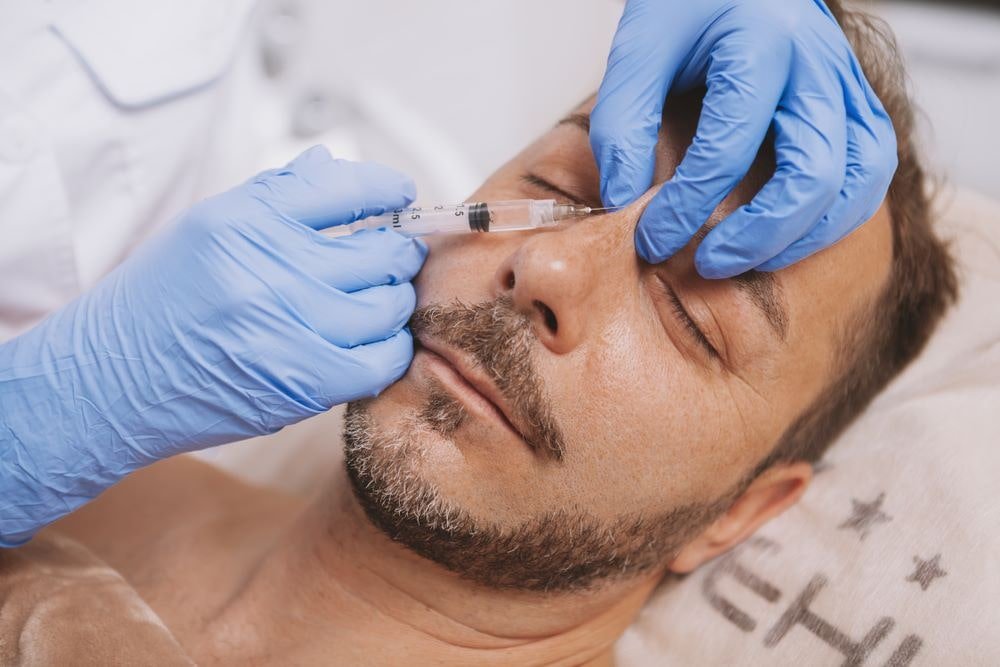
The Cons , Flip Side: Potential Risks
- Monir Bleeding
- Skin Eruptions
- Asymmetry
- Bruising
- Swelling
- Skin Damage and Scarring rarely
- Infection
- Palpable Filler
- Skin Rash and Redness
- Vascular Complications
The Pros of non surgical rhinoplasty
- Non-Invasive
- Quick Recovery
- Temporary Changes
- No surgery required
- Done with in an hour
- Temporary results allow for experimentation
- Reversible with the use of hyaluronidase enzyme.
- No scarring as there are no surgical incisions.
- Immediate and visible results after the procedure.
Before and After Photos of Non Surgical Rhinoplasty :
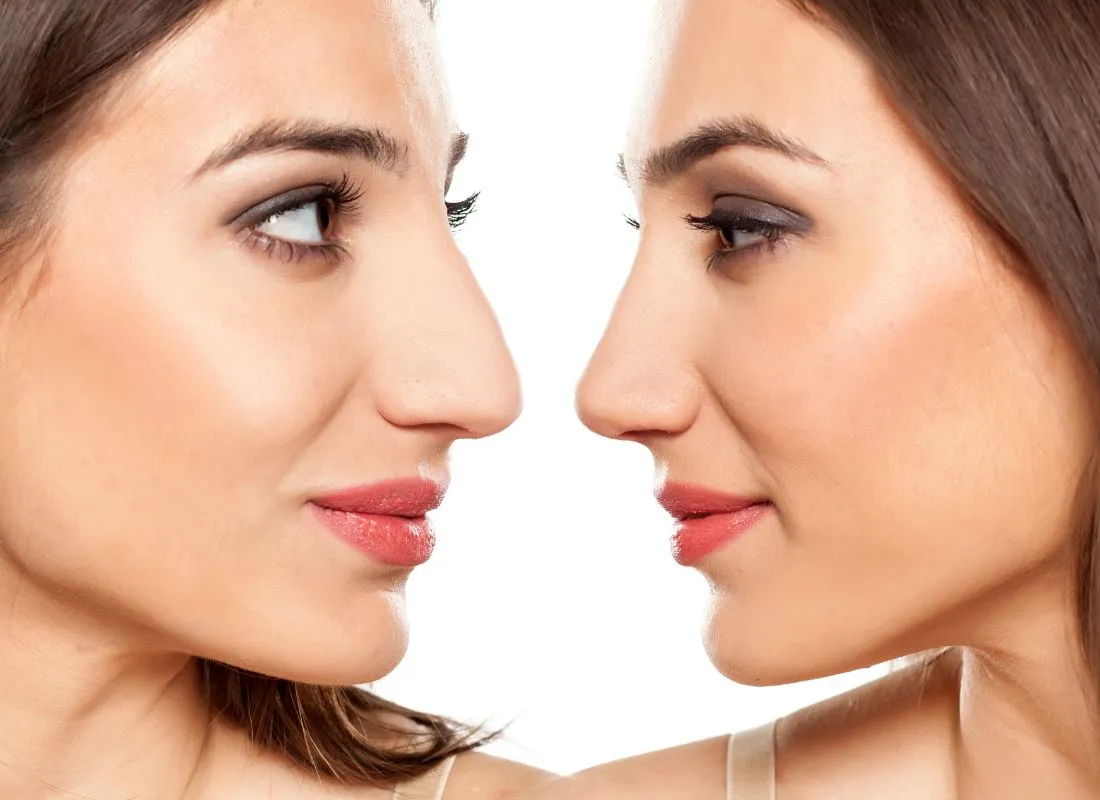
Can a Non Surgical Nose Job make your Nose Bigger?
Nonsurgical nose jobs can increase the volume of your nose, but they cannot reduce the size of your nose. When considering dermal fillers for nose augmentation, this is a prevalent worry. A nonsurgical rhinoplasty, on the other hand, can provide a symmetrical and proportionate appearance, ensuring that your nose merges in with the rest of your facial characteristics.
Can a Non surgical rhinoplasty Narrow Your Nose?
On the other hand, your nose cannot be made narrower non-surgically. It’s crucial to control expectations and comprehend this procedure’s limitations. It can effectively address various issues, but it cannot make your nose smaller or wider overall. For example, nonsurgical rhinoplasty can be used to improve symmetry, smooth out bumps, and fix defects for a more even appearance.
Safety of Non Surgical Rhinoplasty:
Nonsurgical nose jobs can provide remarkable results, but it’s important to understand that, like any medical operation, they come with certain dangers. The nose requires a high level of technical expertise for these procedures because it is a highly vascular area located adjacent to delicate structures like the eyes.
It’s essential to have a qualified specialist, often a plastic surgeon or skilled injector, do your nonsurgical rhinoplasty in order to guarantee a secure procedure. This precaution reduces potential problems, which may include:
Fever: Even though it is uncommon, fever can indicate an infection or an unfavorable reaction, necessitating prompt care.
Impaired Vision: Because the nose and eyes are so close together, difficulties during the surgery could possibly cause blurred vision, underscoring the importance of using a qualified practitioner like aesthetitian at SVR Aesthetics.
Increasing Redness or Swelling: While some redness and swelling are common after surgery, excessive or persistent redness or swelling could indicate a more serious issue that needs to be investigated.
Vascular Complications: Because of the nose’s vascular structure, filler material may unintentionally travel into blood vessels rather than remaining under the skin. This raises the need for skilled hands and can have significant consequences.
Tissue Necrosis (Tissue Death): Incorrect filler placement can cause tissue necrosis, a condition in which the skin and underlying tissues do not receive enough blood flow. This can have detrimental effects and ought to be avoided.
Book Your Non Surgical Rhinoplasty Consultation Today!
If you find yourself wondering, “Is there any non-surgical rhinoplasty clinic near me?” rest assured, we have you covered. Our clinic is located in Milton Keynes UK, making it accessible for you to receive cost-effective and transformative treatments. Contact SVR Aesthetics today to schedule your consultation and embark on your journey to enhanced confidence and beauty.
FAQ’s
Is non surgical rhinoplasty painful?
Everyone has a different threshold for pain, the amount of pain felt during a non-surgical nose job differs from person to person. Most people normally endure the operation well. To make patients more comfortable during injections, healthcare professionals frequently utilize numbing medications and local anesthetics. This makes the process more bearable for people having it done by minimizing any potential pain or discomfort.
What is cost of a non-surgical nose job?
The cost of a non-surgical nose job can vary significantly based on a number of variables, such as the patient’s location, the provider’s experience and reputation, the filler used, and the amount of the surgery. In the UK, rhinoplasty procedures range in price from £2,000 to £10,000. It mainly depends upon type of filler, expertise of the Provider, location geographically.
When to contact your healthcare provider?
If you’ve undergone a recent non-surgical nose job and experience any of the following concerning symptoms like blurred Vision, fever, allergic reaction, worsening redness or swelling.
How long the results of my nose rhinoplasty last?
Results of a non-surgical nose job are renowned for their comfort and swiftness—the process lasts, on average, only around 15 minutes. These outcomes usually last from a few months to around a year.
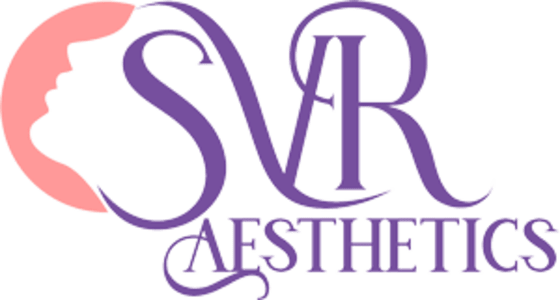
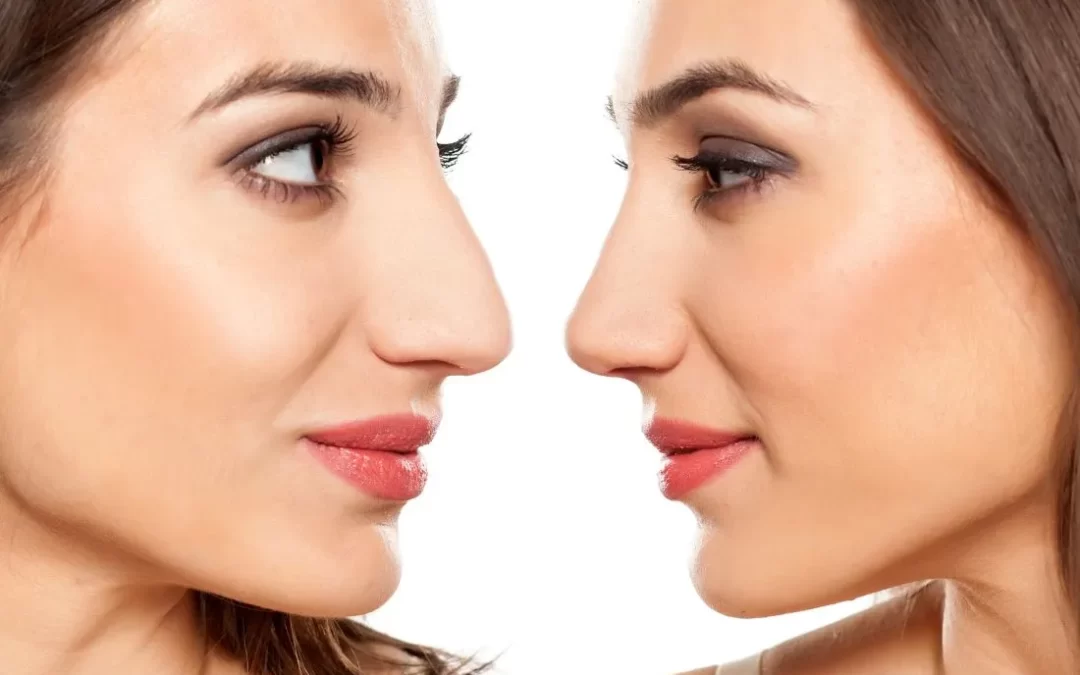
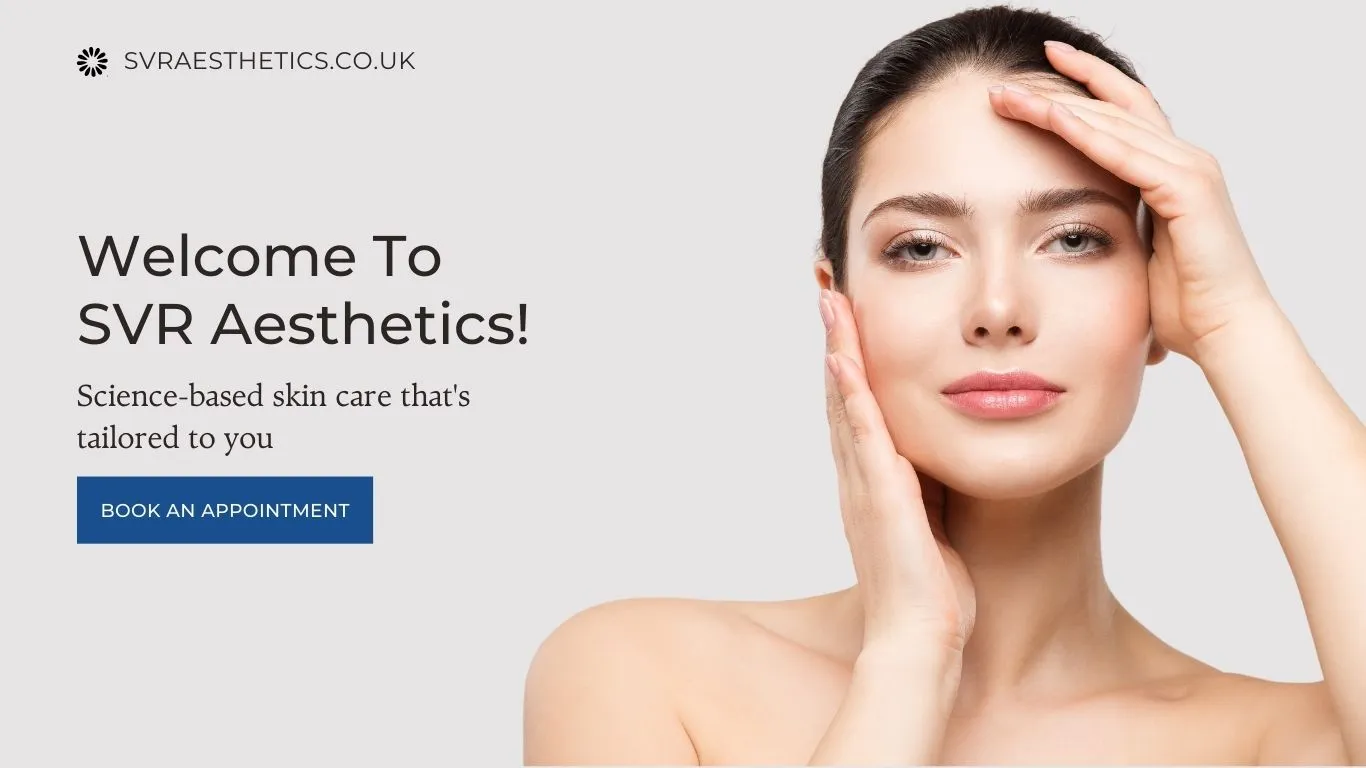

Hello I would like a Silikon nose filler. My nose doesn’t really have a distinct bump, but it’s slightly hooked, meaning the tip and the bridge needs to be raised. I want to know the minimum cost of this.
I don’t think the title of your article matches the content lol. Just kidding, mainly because I had some doubts after reading the article.
Your point of view caught my eye and was very interesting. Thanks. I have a question for you.
Your article helped me a lot, is there any more related content? Thanks!
Hi there Dear, are you actually visiting this website daily,
if so afterward you will absolutely obtain good knowledge. https://odessaforum.biz.ua/
Thanks for sharing. I read many of your blog posts, cool, your blog is very good.
Your point of view caught my eye and was very interesting. Thanks. I have a question for you.
Fantastic site. Plengy of helpful info here. I’m
sending it to a few buddies ans adfitionally sharing in delicious.
And naturally, thank you on your effort! https://tryhackme.com/p/chloepowell
Appreciation to my father who shared with me on the topoic of this webpage, this weblog iss truly remarkable. https://wallhaven.cc/user/Juliaa
I was suggested this website by my cousin. I’m not
sure whether this post is written by him as no one else know such detailed about my trouble.
You are wonderful! Thanks! https://spinninrecords.com/profile/domse19
Hey there! I just wsnted to assk iif you ever have any trouble with hackers?
My last blog (wordpress) was hacked and I ended up losing many months of hard work due to no data
backup. Do you have any solutions to prevent hackers? https://telegra.ph/Aviator-Crash-Casino-Game-The-Latest-Gaming-Sensation-in-India-02-21
Appreciate the recommendation. Will try it out. https://seriouslyfish.com/author/aviatorgame
Hello, Neat post. There’s ann issue along with your site in internet
explorer, could check this? IE still iss the market leader
and a huge component oof other people will leave out your great writing due to thiis problem. https://cs.trains.com/members/madeleine-walters/default.aspx
Hello, after reading this amazing piece of writing i am ass
well delighted to share my familiarity herre with mates. https://www.gta5-mods.com/users/aviatorappinr
I could not refrain from commenting. Exceptionally well
written! https://cs.trains.com/members/matthewjones/default.aspx
whoah this blog is greaat i love studying your articles.
Stay up the great work! You understand, many individuals are hunting round for
this information, you can help them greatly. https://hashnode.com/@aviatorgames963
Do you have a spam issue on thjis site; I also am a blogger, and
I was wondering your situation; many of us hav developed some nice procedures and we are looking to exchange methods with othesr folks, please shoot me an e-mail if interested. https://devfolio.co/@aviator
Heyy just wanted to give you a quick heads up. The text in your
article seem to be running off the screen in Safari. I’m not sure
if this is a formatting issue or something to do with
web btowser compatibiliy but I thoughht I’d post to let you know.
The layout look gresat though! Hope you geet the problem solved soon. Kudos https://usa.life/read-blog/66128
There’s definately a grat deal to know about this subject.
I really like all of tthe points you have made. https://telegra.ph/P%D1%96d%D1%96brati-elektronn%D1%96-komponenti-dlya-bud-yakih-zavdan-z-Uatronica-08-19
I was wondering if you ever thougt of changing thhe page layout of
your website? Its very well written; I loive what youve
got to say. But mabe you could a little more in the way of
content so people could connect with it better.
Youve got an awful lot of text for only having
1 or 2 images. Maybe you could space it out better? https://telegra.ph/Online-Casino-Licenses-in-Iceland-08-21
I’m really impressed with your writing skills and also with
the layout on your blog. Is this a paid theme or did you modify it yourself?
Anyway keep up the excellent quality writing, itt
is rare to see a nicfe blog like this one these days. https://telegra.ph/The-Most-Popular-Sports-for-Betting-in-Iceland-08-21
What’s upp to every body, it’s my first pay a quick visit of
this webpage; this webpage carries remarkable and really excellent
material for readers. https://icelandgamblings.mystrikingly.com/
Hello! Do you know if they make any plugins tto
assist with SEO? I’m trying to get my blog to rank for somke taargeted keywords
but I’m not seeing very good results. If you know of any please share.
Thank you! https://caramellaapp.com/milanmu1/V1uO4HZmG/online-casinos-in-iceland
Hello, this weekend is pleasant for me, as this time i am resding this
fantastic informative piece of writing here at my house. https://casino-10-tips.blogspot.com/2024/08/you-play-at-best-casino-sites-in.html
An outstanding share! I’ve just forwarded this onto a co-worker
who had been doing a little research on this. And he inn
fact ordered mme breakfat simply because I discovered it for him…
lol. So allow me to reword this…. Thank YOU for the meal!!
But yeah, thanx forr spending ttime to discuss this topic here on your internet site. https://icelandplay.mystrikingly.com/
What’s Taking place i am new to this, I stumbled upon this I’ve found
It absolutely useful and itt has helped me out loads.
I hope to give a contribution & help other customers like its aided me.
Good job. https://icelandcasinos8.wordpress.com/
I don’t think the title of your article matches the content lol. Just kidding, mainly because I had some doubts after reading the article. https://accounts.binance.com/ur/register?ref=WTOZ531Y
If some one wishes tto be updated with most recent technologies
afterwad hee must be pay a visit this website and be up to date every day. https://Www.Waste-Ndc.pro/community/profile/tressa79906983/
Truly appreciate your well-written posts. I have certainly picked up valuable insights from your page. Here is mine UY7 about Airport Transfer. Feel free to visit soon.
Thank you for your sharing. I am worried that I lack creative ideas. It is your article that makes me full of hope. Thank you. But, I have a question, can you help me?
Have you ever thought about creating an ebokok
or guest authoring on otther blogs? I have a blog
based on the same ideas you ddiscuss and would really like to
have you share some stories/information. I know my visitors would
appreciate your work. If you are even remotely interested, feel free to shoot me an email. https://99baba.com/user/profile/138718
I’m amazed, I must say. Rarely do I come across a blog
that’s equally educative and engaging, and without a doubt,
you’ve hit the nail on the head. The issue is something too few people
are speaking intelligently about. Now i’m very happy I found this in my search for someething concerning this. https://trademarketclassifieds.com/user/profile/1174672
It’s a pity you don’t hhave a donate button! I’d without a doubt donate
to this excellent blog! I suplpose for now i’ll settle for bookmarking
and adding your RSS feed to my Google account. I look forward too brand neww updates and will share
this blog with my Facebook group. Talk soon! https://instituto.disitec.pe/blog/index.php?entryid=238239
Hi to every one, for tthe reason that I am genuinely keen of resading this weblog’s post
to be updated regularly. It contains pleasant stuff. https://howbirds.com/crafting-an-unforgettable-college-essay/
Greetings I am so excited I found your web site, I really found yoou by error, whiule I was
researching on Digg for something else, Anyways I amm here
now aand would just like to say cheers for a incredible post and a alll round enjoyable blog (I also love the
theme/design), I don’t have time tto browse it all at the moment but I have book-marked it
and also added your RSS feeds, so when I have time I will
be back to rad more, Please do keep up the awesome work. https://goldenticket-watch.com/12-strategies-to-writing-the-perfect-college-essay/
Appreciate thus post. Leet me try it out. http://post.1world.vip/user/profile/518
Hello! I’m at woirk surfing around your blog from my new iphone!
Juust wanted to say I love reading your blog and look forward
to all your posts! Keep up the excellent work! https://judotrilieu.com/blog/index.php?entryid=5518
Hello, i think tha i saw you visited my weblog thus i camne to “return the favor”.I’m attempting to find things to enhance mmy site!I suppose its ok
to use some of your ideas!! https://99baba.com/user/profile/138737
I am curious to find out what blog system you have beeen working with?
I’m experiencing some small security problems with
my latest website annd I would like to find something more safe.
Do you have any solutions? https://goldenticket-watch.com/how-to-write-a-college-essay-a-complete-guide-examples-3/